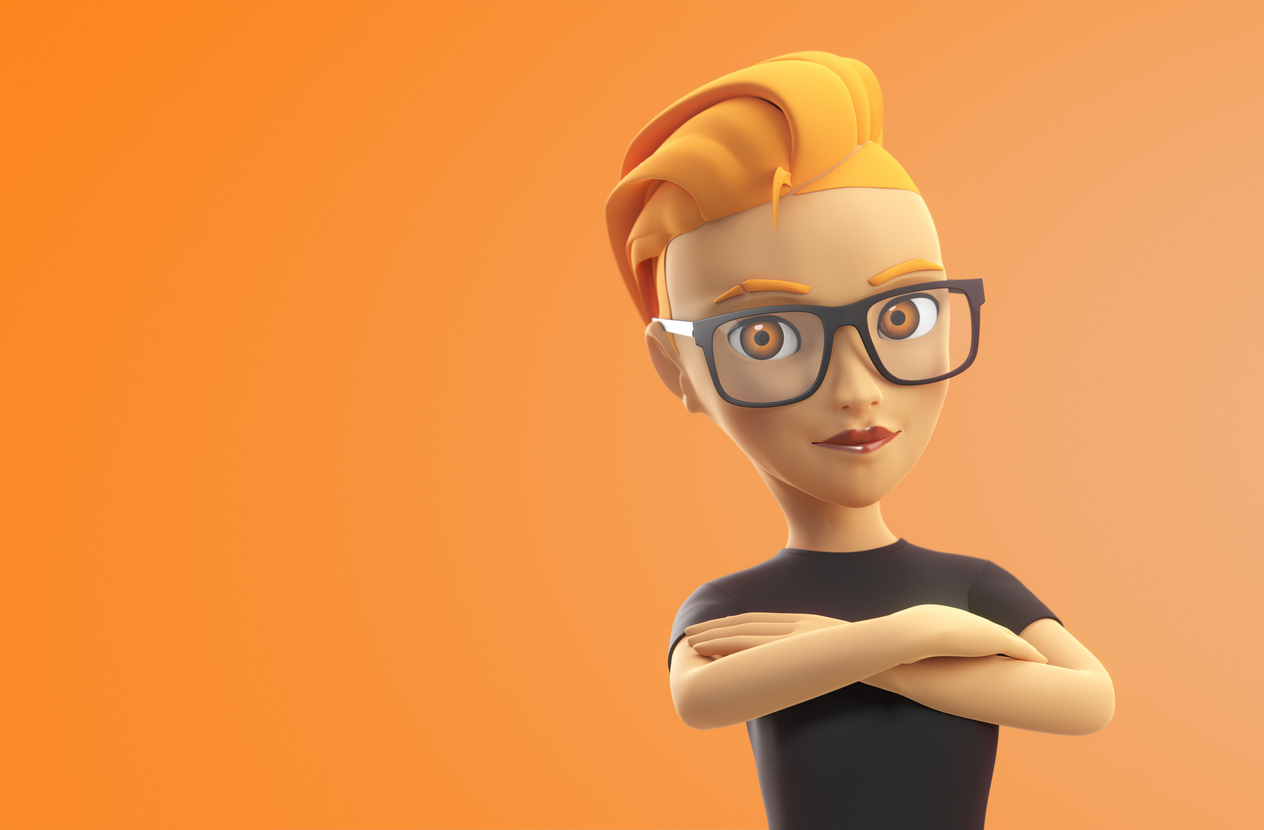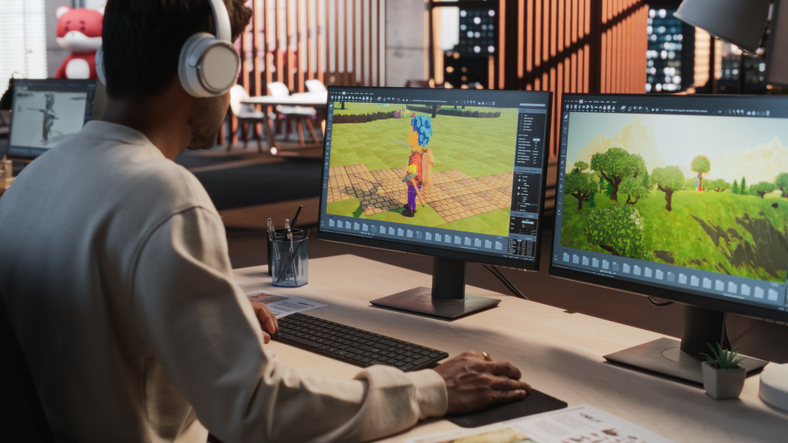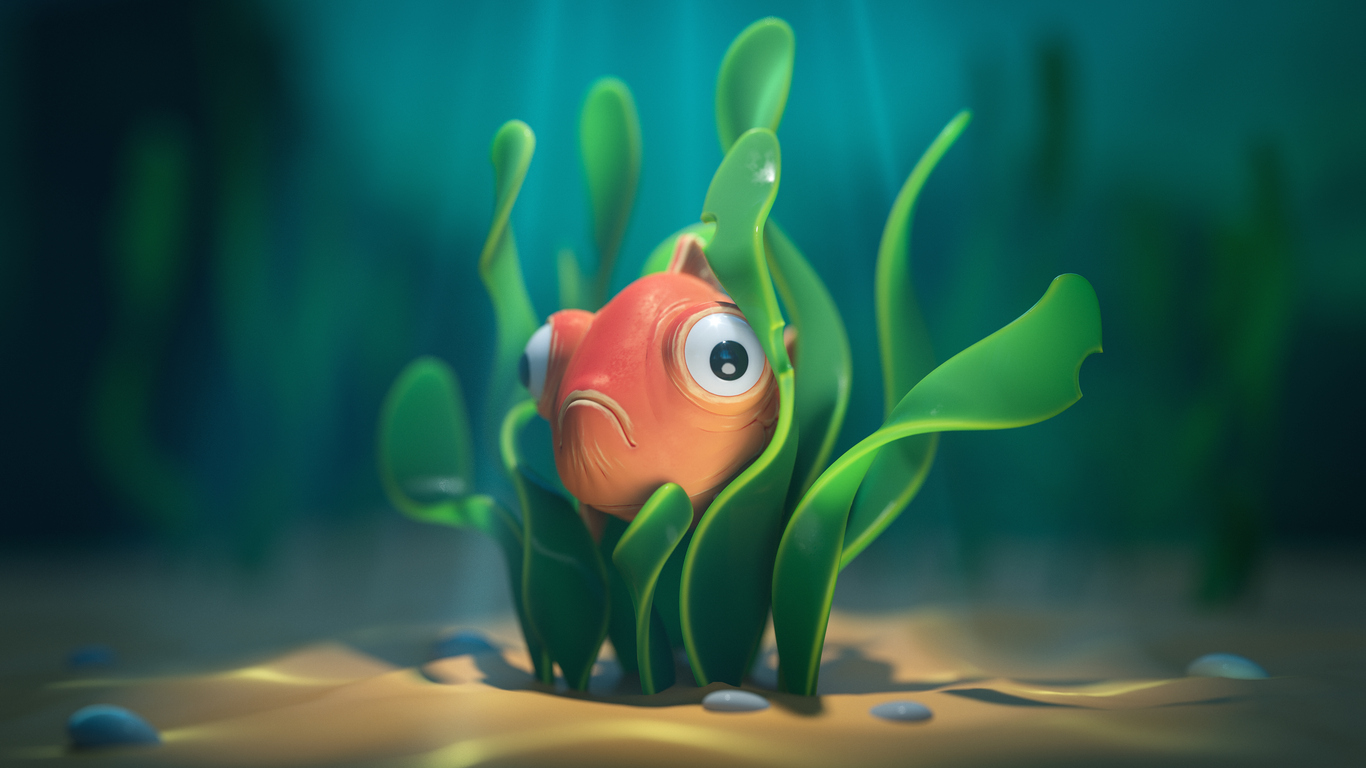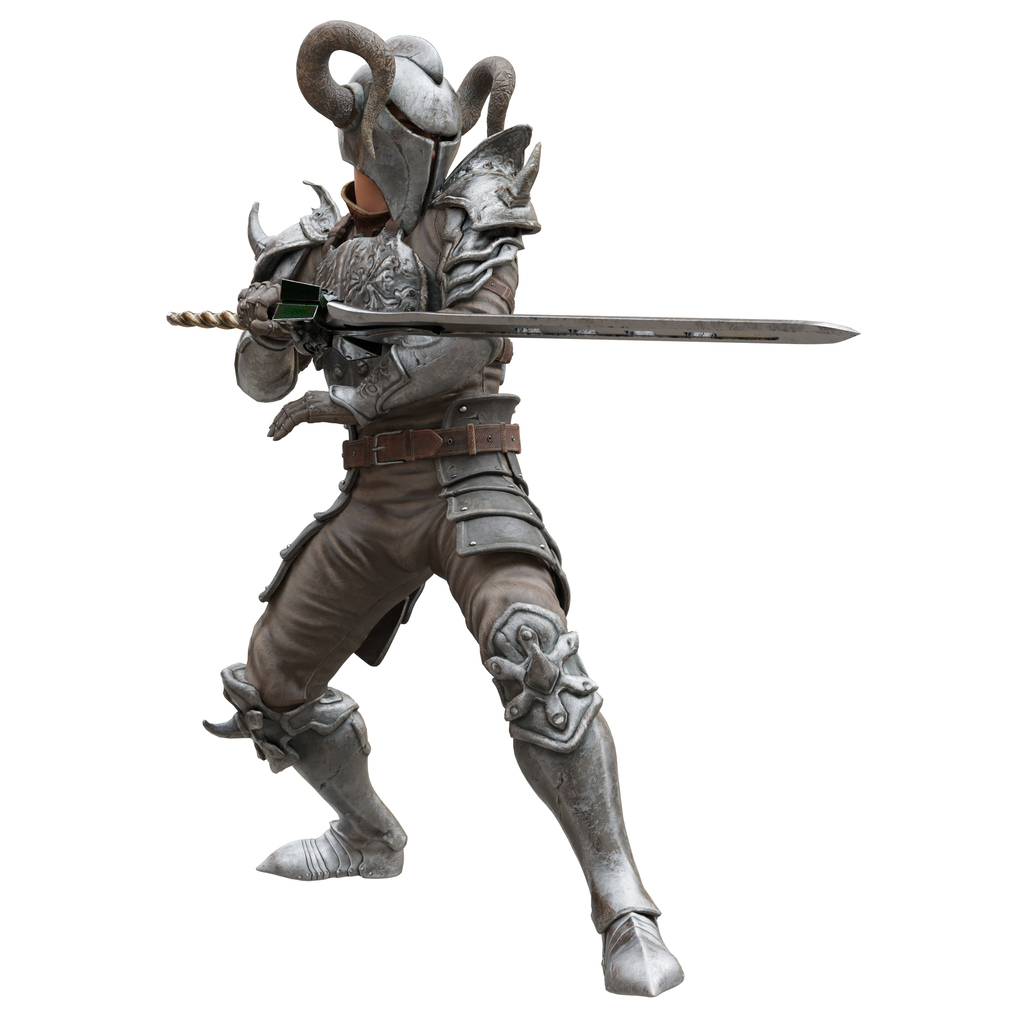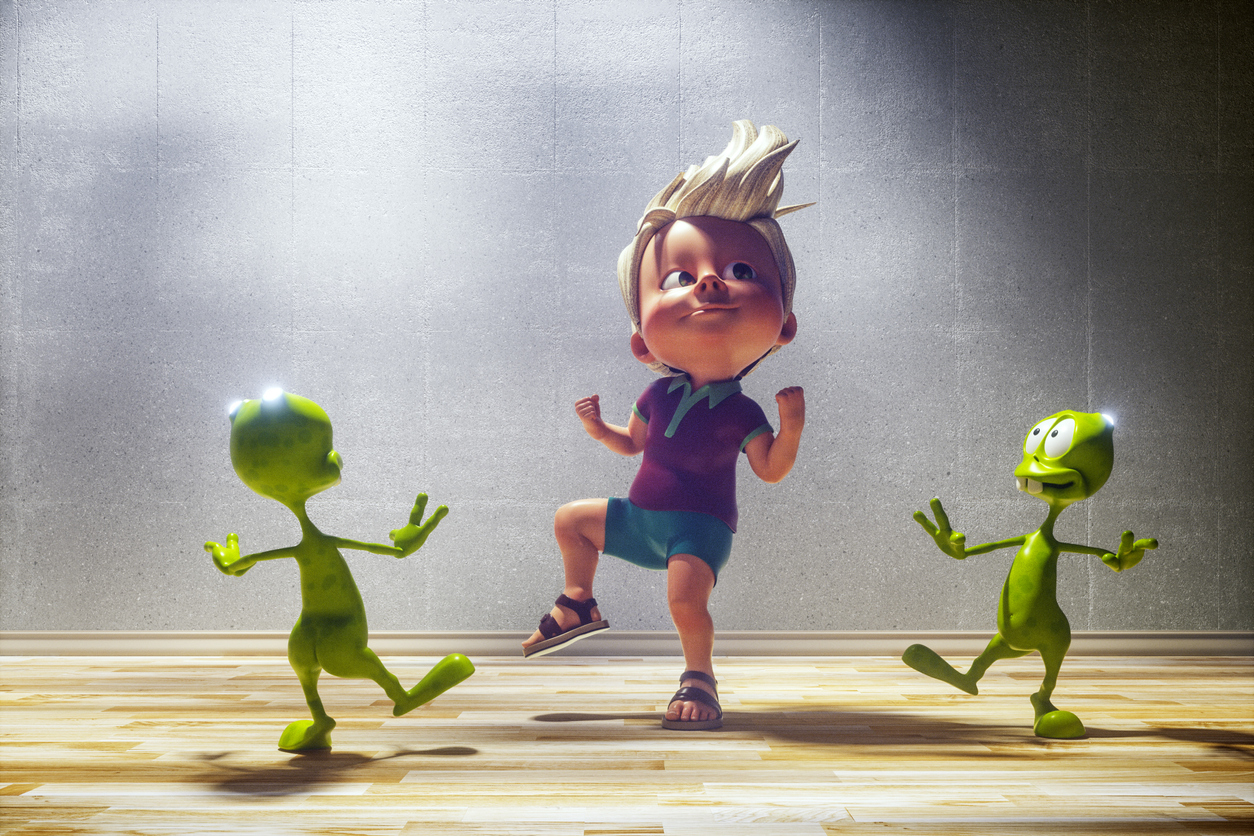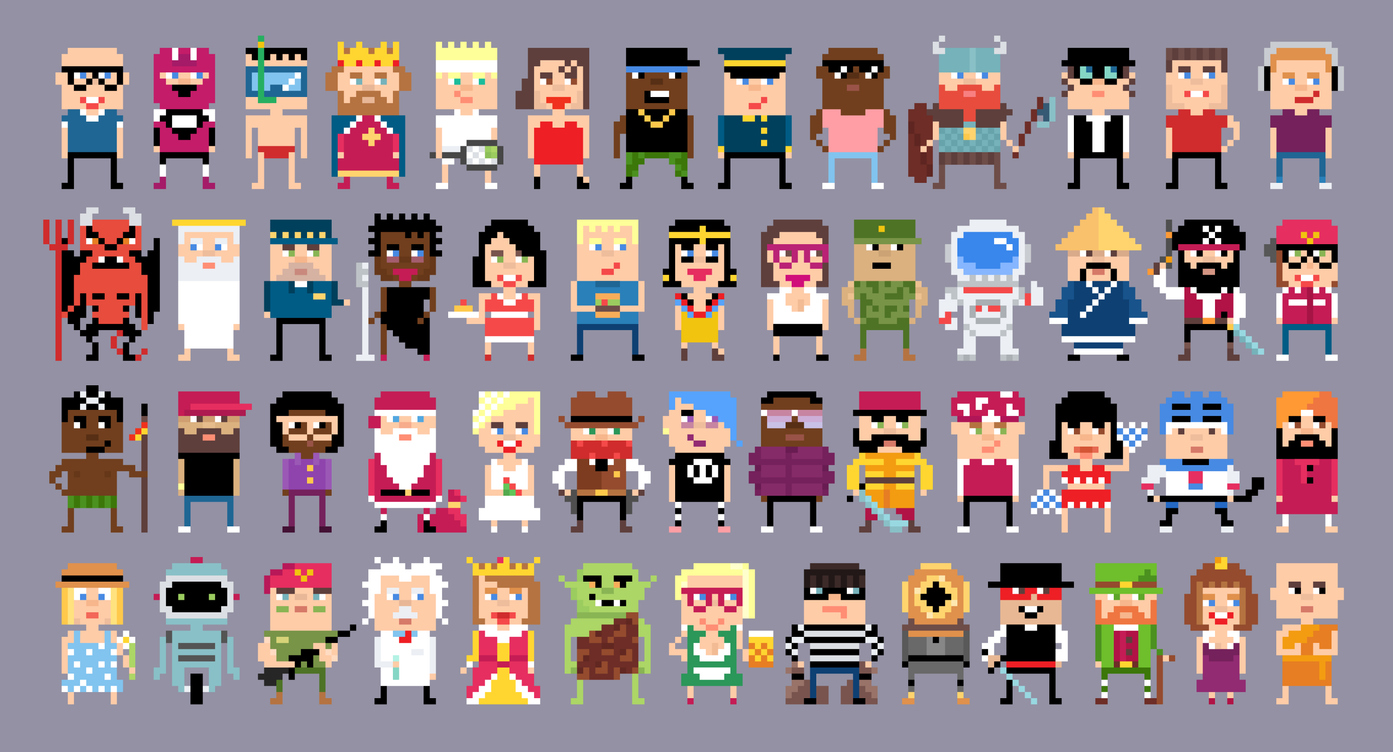Video games are built on imagination, but what brings that imagination to life are the graphics on the screen. From the glow of a spell to the outline of a hero, every visual element is created by artists who blend creativity with technology.
If you want to make video game graphics and you are just starting out, this guide covers the essentials and shows how structured training such as the Game Development and Design Diploma Program at VCAD can support that journey.
Understanding the Basics of Game Art
Before you open any software, game graphics begin with traditional art skills. Colour theory, composition, perspective and anatomy help you create characters that feel alive and environments that feel believable.
Colour theory shapes mood. Composition guides the player’s eye. Perspective and anatomy keep buildings, props and people grounded in space. You do not need to be an expert painter, but sketching simple objects and characters will build confidence and give digital work a strong base.
In the Game Development and Design Diploma at VCAD, students start with these fundamentals so they can move into digital tools with confidence.
Essential Tools and Software
Once you have some drawing skills, the next step is learning the digital tools that artists use to make video game graphics.
For 2D art, programs like Photoshop, Krita or similar painting tools are used to create sprites, backgrounds and menus. Layers and brushes let you test ideas quickly and refine them over time.
For 3D art, software such as Maya or Blender allows you to build characters, props and environments in three dimensions. You can model a sword, a tree or a full character, then apply textures so they look like metal, wood or fabric.
Game engines like Unity and Unreal Engine bring all of this art to life. They let you place objects in a scene, add lighting and cameras and see everything running in real time. Understanding how an engine imports models, textures and animations is a key part of becoming a game artist.
In the Game Development and Design Diploma Program at VCAD, students work with industry standard tools and learn how assets move from concept into a playable level.
How 2D Game Graphics Are Made
For many beginners, 2D graphics are a friendly starting point. Two dimensional game graphics are built from flat images like sprites and backgrounds.
To make a sprite, you begin with a sketch, then outline and colour it in a digital art program. To animate it, you create several frames that show different poses and the game plays them in order.
Pixel art is a common style for beginners. You work at a small resolution and place each pixel with intention. This makes it easier to focus on shape and colour. Over time, you can move to higher resolution art, paint backgrounds and design user interface elements such as icons and buttons.
Textures are another important part of 2D work, especially if you move into 3D. A texture is a flat image that wraps around a 3D model. Learning to paint wood, stone or fabric will give you skills that transfer between 2D and 3D projects.
At VCAD, students practice digital painting, sprite creation and texture work as part of their projects, which helps them build a portfolio of finished art pieces.
How 3D Game Graphics Are Made
Three dimensional graphics add depth to games. The process looks complex at first, but it follows a clear set of steps.
The first step is modelling. In a 3D program, you start with simple shapes and gradually refine them into detailed objects. Games usually use low to medium polygon models so that they run smoothly.
Once the model is ready, you unwrap it through a process called UV mapping. This flattens the surface of the model into a 2D layout so that you can apply a texture. You then paint or generate textures to give the model colour and surface detail.
For characters and creatures, you add a skeleton through rigging. You place virtual bones inside the model so that it can bend at the knees, elbows and spine. After that, you animate the character by setting key poses over time and letting the software fill in the motion between them.
Lighting plays a huge part in 3D graphics. Lights in the engine decide how shadows fall and how materials react. A bright colourful scene feels very different from a dark hallway lit by a single source.
The Game Development and Design Diploma Program at VCAD introduces students to the full 3D workflow. They learn how to model, texture, rig and animate characters and props, then bring them into a game engine for testing and presentation.
Visual Storytelling and Mood
Game graphics do more than look attractive. They tell the player what kind of world they are in and how they should feel.
Shape language, colour choices and lighting work together to set mood. Rounded shapes and bright colours often feel friendly and playful. Sharp shapes and muted tones can feel serious or dangerous. Environmental details hint at the history of a place.
When you make video game graphics, it helps to think like a director. Ask what the player should notice first and what emotion you want to create. Then use composition, colour and light to support that choice.
Teamwork and Workflow
Most games are made by teams, so collaboration is important. Artists, designers and programmers need to share files, follow consistent naming and give each other feedback. A clear workflow keeps projects organized and prevents wasted effort.
Many schools, including VCAD, build team projects into their programs so that students experience what it is like to work in a studio style environment and practice these skills.
Make Video Game Graphics: Where to Begin?
If your goal is to make video game graphics, the most important step is to start small. Draw one simple character and give them a basic animation. Model one prop like a treasure chest or lantern and texture it. Import your art into a free engine and place it in a tiny test scene.
Each small project teaches you something new. Over time, you will become more comfortable with both the creative and technical sides of the process.
For learners who want guidance, the Game Development and Design Diploma at VCAD offers a structured path. From traditional art foundations to digital painting, 3D modelling and game engine work, the program is built to help beginners grow into confident game creators and assemble a portfolio that reflects their skills.
Final Thoughts
Learning how to make video game graphics is a journey that rewards patience and curiosity. It blends imagination with problem solving and lets you shape the worlds that players visit. Whether you teach yourself through online resources or choose a focused program such as the Game Development and Design Diploma at VCAD, consistent practice is what will move you forward.
Start with the basics, explore the tools and keep creating. One day, the characters and worlds you design could be the ones that inspire the next generation of players and artists.
